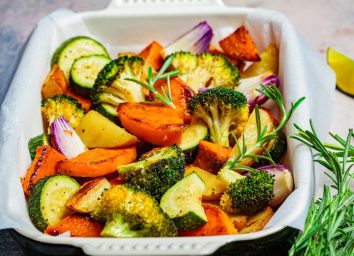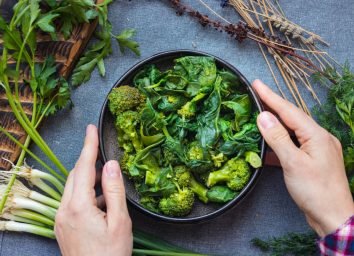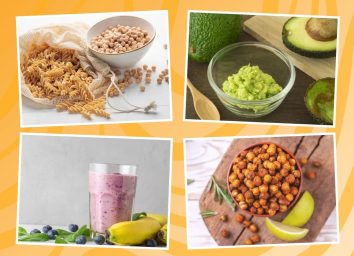Best Eating Habits for Those Who Don't Like Vegetables
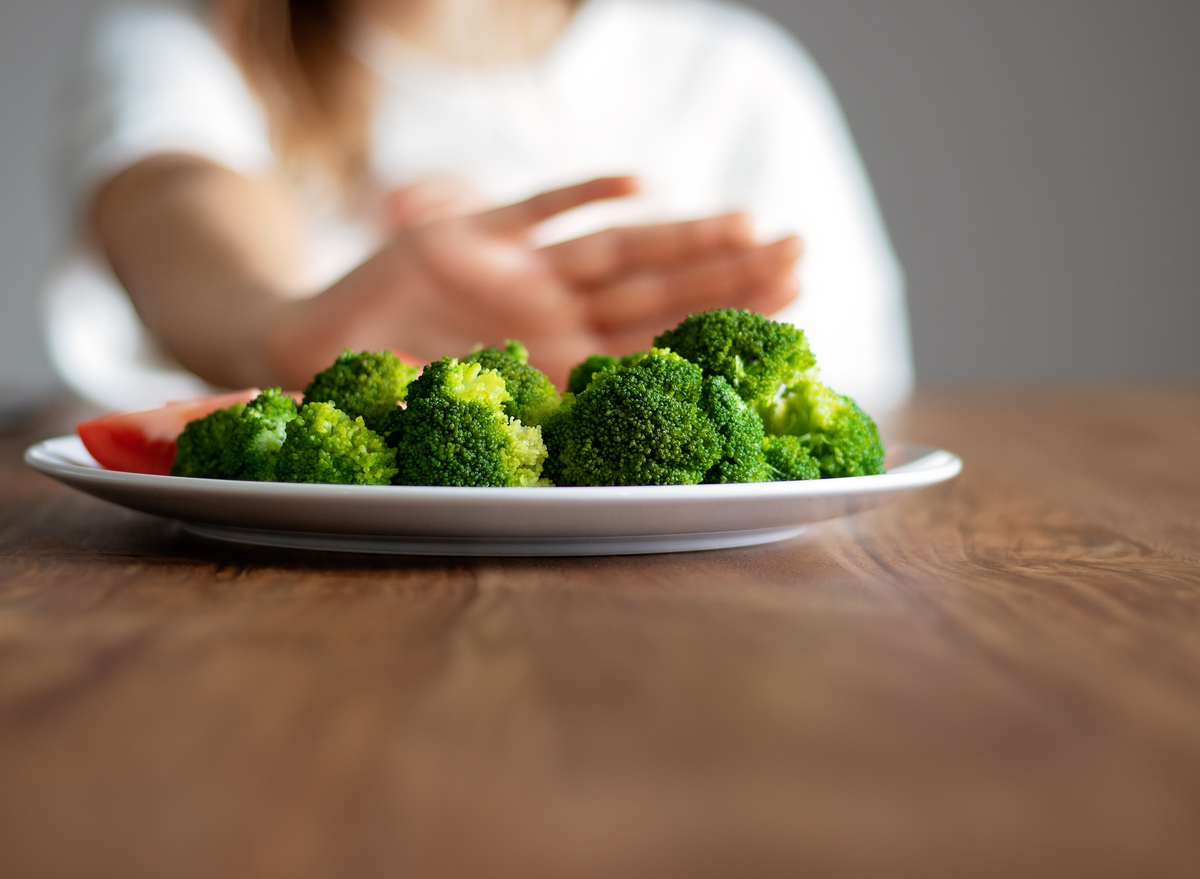
Everyone knows that veggies are good for them, but few of us meet the daily recommendations to get at least three servings (cups) per day. According to the CDC, fewer than 10% of adults get the minimum number of servings on any given day.
Why? Many people simply dislike the taste of veggies. To these so-called hyper-tasters, veggies are bitter. Others often complain that the texture of veggies is a turnoff. Here are several foolproof strategies to get more veggie servings into your meals and snacks—even if you're a self-described hater .
Add hummus, guacamole, ranch dressing, or another favorite dip.
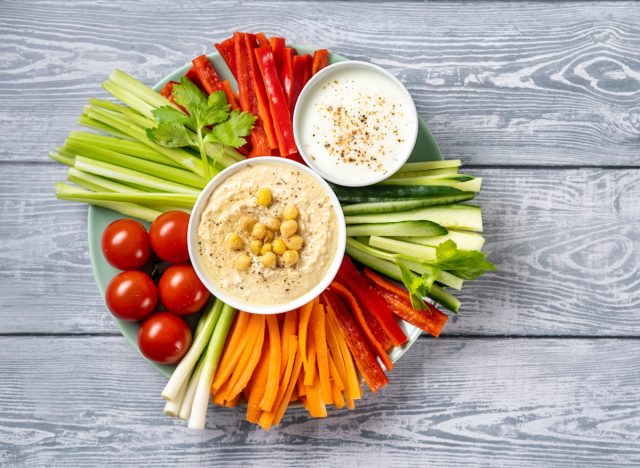
One of the tricks dietitians often recommend is serving veggies with your favorite dip, whether that's hummus, guac, or dressing. An interesting study showed that when picky children were served fresh-cut veggies with an herb-flavored dip, they ate 62% more of the veggies served compared to when veggies were served on their own. What's more, children were three times more likely to reject eating veggies on their own, compared to when served with a dip.
Roast them.
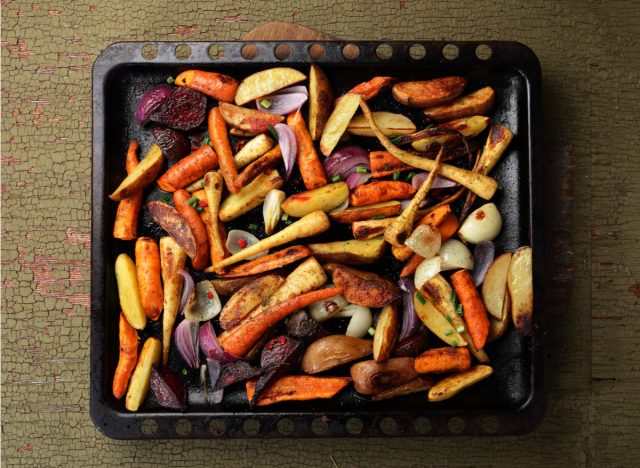
One way to make veggies more palatable for those who disdain raw, steamed, or pretty much any type of veggies is to roast them. Roasted vegetables are crispy on the outside and their natural sugars caramelize when roasting making them taste sweeter.
For the most delish roasted veggies, here are some best tips: First, cut all the vegetables into uniform pieces, about half-inches in size. Roast them at a high temperature, around 400 degrees Fahrenheit for 20-30 minutes. Try to keep space between veggies instead of piling them onto the sheet pan. Drizzle the veggies with olive oil and season with salt and pepper and any other herbs you enjoy. Halfway through roasting, rotate the pan 180 degrees.
Sneak them in.

There are alternative ways to enjoy vegetables. Some of my favorite ways to sneak more servings of veggies into your diet include vegetable soups, like tomato or split pea. Adding pureed vegetables to casseroles, sauces, egg dishes, pasta dishes, meatballs, meatloaf, or even quick bread or other baked goods. You can also try to sneak in more veggies by enjoying a veggie-based smoothie, tomato, carrot juice, or a V8 100% vegetable juice.
Focus on fruit.
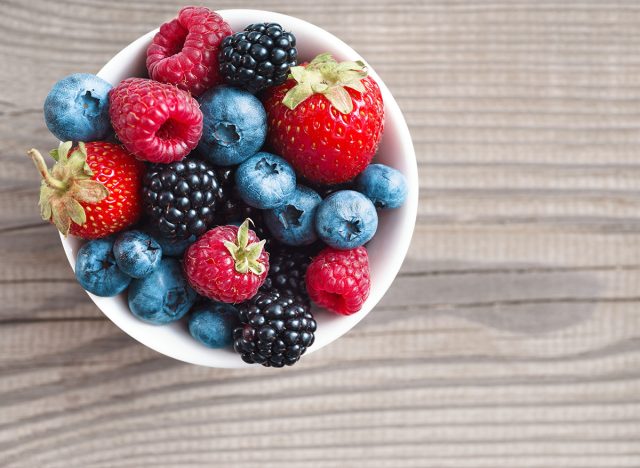
Fresh and dried fruit provide many of the same important nutrients as many vegetables, including vitamins A and C, carotenoids, folate, potassium, beneficial phytonutrients, and water. Some of the best fruits to enjoy for the lack of veggies in your diet include those that are lower in calories and high in water. I recommend strawberries, wild and conventional blueberries, raspberries, and blackberries. Berries are great because they pack in more antioxidants—especially wild blueberries—but without a lot of calories or carbs. Other great picks include citrus, watermelon, cantaloupe, kiwifruit, and peaches.


